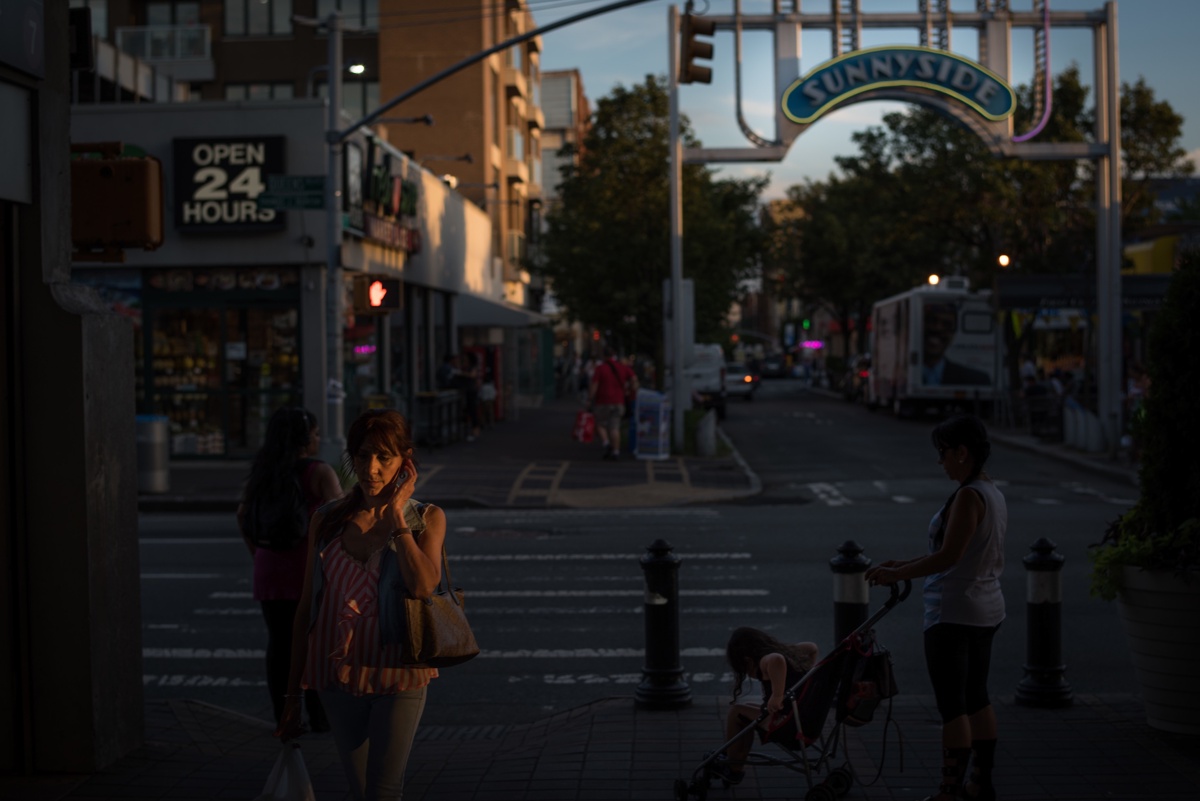Protecting New Yorkers from extreme heat

Hot weather is dangerous. In New York City and across the country, more people on average die from extreme heat each year than from all other natural disasters.
Heat stress happens when your body’s temperature increases quickly. When the body can no longer control its temperature or cool itself down, it can lead to death.
At the NYC Health Department, we track heat stress deaths by reviewing causes of death recorded by the Bureau of Vital Statistics. More people usually die of heat stress during hotter summers. From 1999 to 2016, NYC had 4 spikes due to severe heat, in 1999, 2006, 2011, and 2013.
But deaths due to heat stress only tell part of the story. Summer heat can also kill people by worsening chronic illnesses, such as heart disease. Since the effects of heat can be hard to recognize, these are often not recorded as heat-related deaths on death certificates.
We use statistical models to examine the difference between the average number of deaths during hot weather and the average number of deaths on typical, cooler summer days. That difference is called heat-exacerbated mortality. It is an estimate of the number of people who died because of heat, even if heat is not included on their death certificate as a cause of death.
Heat-exacerbated mortality
Each year from 2010 to 2018, there were an average of 350 heat-exacerbated deaths associated with days over 82°F from May to September. This is over 30 times greater than the number of deaths with “heat-related stress” listed on the death certificate.
Of these 350 annual deaths, about 100 (28%) are due to extreme heat events: 2 or more days with a heat index of 95°F or higher, or one or more days reaching 100°F or higher. While extreme heat days are more rare, the risk of death on these days is much higher than on other summer days. But because there are many more days that are hot but not extreme, we estimate that more deaths - about 250 - happen on summer days without extreme heat events.
What puts people at risk of heat stress?
We investigated heat stress deaths by looking at medical examiner’s records. Of the 88 people who died from 2010 to 2019 whose records we reviewed, 62 (71%) were exposed to the heat in their own homes.
What prevents heat-related illness at home? Air conditioning. Of the records with information on home air conditioning, none of those who died had a working air conditioner.
90% of households in NYC report having an air conditioner – but in some of NYC’s low-income neighborhoods, this drops to as low as 76%.
Having an air conditioner is one thing – but using it is another. When we surveyed New Yorkers, we found that 15% of New Yorkers have AC but don’t use it during hot weather. Of those, 1 out of 4 said they don’t use AC because of the cost of electricity. (Low-income New Yorkers can apply to receive money from the State to buy an air conditioner.)
During the COVID-19 public health emergency, many households have experienced financial hardship. Even as the City phases into recovery, communities continue to cope with the spread of COVID-19, steps to reduce risk, and lasting economic impacts. These may put people at greater risk for indoor heat exposure, because they may be limiting contact with others by staying at home and limiting air conditioning to save money.
Access to air conditioning is an issue of climate-health equity
We expect more extreme heat events as our climate continues to warm, so the Health Department is working to prepare our residents and communities.
Older adults are more likely to die from extreme heat because of being more likely to have chronic illnesses and economic concerns. However, Black New Yorkers die from heat at younger ages. They are often younger when they develop chronic medical conditions and are more likely to have more than one condition. Crucially, long-standing systemic health and social inequities have put Black New Yorkers at increased risk of getting sick and dying from extreme heat. Structural racism also results in higher unemployment rates, fewer job opportunities, lower pay, and greater job instability for Black New Yorkers, affecting financial stability.
We identified environmental, housing, and social factors that influence who is more likely to die from heat. We used this to create the Heat Vulnerability Index to learn how heat risk changes across neighborhoods.
As we experience a changing climate, air conditioning is no longer a luxury. It is life-saving equipment. Yes, we must use it responsibly to reduce contributions to climate change and protect the power grid. But home cooling in the summer should be treated like heat in the winter: necessary to survival, particularly for those who are most at risk.
A healthy indoor temperature should not be a privilege limited to those who can afford to own and use an air conditioner – especially when lacking one can be deadly.
New Yorkers can apply for a free air conditioner and installation through the Home Energy Assistance Program (HEAP). Low-income families and households in public or subsidized housing with heat included in their shelter costs may be eligible as part of extended HEAP benefits. Visit nyc.gov/hra and search for HEAP Cooling Application, or call 212-331-3126 between 9 am and 5 pm to apply.
Resources
Research
Michael Appleton/Mayoral Photography Office, City of New York
Published on:
September 9, 2020